Overseas Study
America's hardworking to learn how to apply.
This article gives you an idea of how U.S. E.L.A. can apply for the corresponding knowledge points, hoping that it will help you not forget the collection site. The U.S. R.A.A. application process, although there are many U.S. countries, is the main goal of most of the U.S. students. Next is the E.C.E.S. application process. Welcome to the U.S. R.A. application process.
The U.S. study cycle is basically American high school study, the U.S. undergraduate studies, and the master’s studies, which determine its own future planning at the stage, and the U.S. usually has more applications for private boarding high schools. Universities are generally private universities, public universities, community universities, and these schools vary greatly in tuition fees, quality of teaching, teaching staff, and specialization, so students have a basic idea.
This is the most important part of the U.S. application process, as it determines the selection base for school specializations. Language tests (Tofu, Jath, Little Tofu, etc.) are required for high-school examinations, and for junior high-school (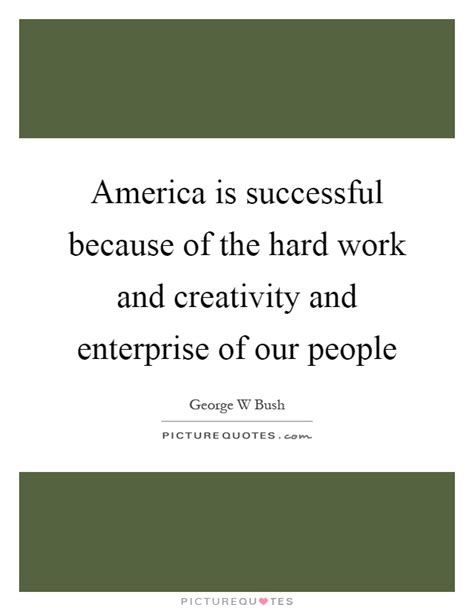 or high-school-leaving grades).
At the undergraduate level, they have a language achievement (Torford or Yassy), a high school achievement in all subjects, a GPA achievement, a United States university entrance examination (SAT or ACT) post-graduate application for a language achievement (Toffor or Yassy), a GPA achievement, a postgraduate entrance examination (GRE) and a part of a special professional examination (GMAT, LAST).
or high-school-leaving grades).
At the undergraduate level, they have a language achievement (Torford or Yassy), a high school achievement in all subjects, a GPA achievement, a United States university entrance examination (SAT or ACT) post-graduate application for a language achievement (Toffor or Yassy), a GPA achievement, a postgraduate entrance examination (GRE) and a part of a special professional examination (GMAT, LAST).
Step three: Preparation of paperwork, letter of recommendation, letter of recommendation is not required at the undergraduate application stage in some universities, but the vast majority require two to three letters of recommendation, and the person writing the letter of recommendation is usually a teacher familiar with the applicant.2 Personal statements are an expression of the applicant's strengths and future planning, and personal statements, which reflect his or her unique features in the U.S. application process, are the key to good school attendance.
CVs are mainly concerned with the applicant’s academic background, life experience, learning experience and work experience, and in these three main areas demonstrate his or her academic and other competencies as much as possible, such as communication, leadership, problem solving, etc..4 In addition to these materials, similar to winning prizes in large competitions, medals, certificates, etc., are important materials reflecting the applicant’s abilities.
Step 4: Selecting a school for study and study, after obtaining the results of the examination, can be divided into a school with a primary screening based on merit (on the basis of which the first part of the U.S. application process has been selected), which is suitable for the school, with three types of sprinting. Then, in selecting the institution, reference can be made to the ranking of the school, the location, the safety of the school, the cost of the school, the teacher's capacity of the school, the number of scholarships, etc.
The choice of a profession is based on one’s own preferences and preferences, and each university’s dominant profession is not the same, so that the choice of a profession is not blind to the top 50 schools, nor is the choice of a profession that one does not like. The fifth step: application 1. School fees are paid to the school at the time of application and approval, and is part of the payment process for the United States study application process.
A non-refundable application fee is required for each school at the time of application.
Step 6: The purpose of obtaining a visa,1 proof of a U.S. study deposit, is to show that the  applicant can pay all the costs incurred while studying in the U.S., the amount of which is normally stored on the basis of the length of the period of study and the annual cost of studying abroad, and requires the freezing of three to six months.2 Passport processing: a passport is required at the time of entry or exit, and a passport number may be used at the time of purchase of a plane ticket to ensure the validity of the passport.
applicant can pay all the costs incurred while studying in the U.S., the amount of which is normally stored on the basis of the length of the period of study and the annual cost of studying abroad, and requires the freezing of three to six months.2 Passport processing: a passport is required at the time of entry or exit, and a passport number may be used at the time of purchase of a plane ticket to ensure the validity of the passport.
A U.S. A U.S. A U.S. A U.S. R.E. visa is a mandatory document for students who travel to the U.S., generally in the “F” and “M” categories. A F visa is granted to students who apply to study in accredited U.S. universities or colleges, private secondary schools, while a M. visa is granted to students who apply for study or training in vocational education institutions.
1. Purchase of airline tickets, since the autumn is a season for travel abroad, and if it is to be purchased, as early as possible, some cities that are not in a position to reach the country also need to choose a good route and pay attention to the details of the time of the intermediate flight.2 Preparatory accommodation, if it is to arrive at school before the start of school, requires an advance hotel appointment, planning, accommodation and food problems.3 Preparation of luggage for study in the United States does not require too many clothes, but only a few of the usual required clothes and one or two sets of dress and a small dress.
Bringing home-made medicines, many of which require prescriptions from doctors in the United States. Bringing small Chinese-characterized gifts to housemates, friends, classmates can help quickly make friends and adapt to American life.
If they are accepted, they will normally take the English-language entrance examination at the end of the school year, and the different levels of ESL (English as a second language language language training course) set up in the school on the basis of the results of the examination will vary from person to person, depending on the English base, for about six months to one year. School achievement requirements: When applying for a high school in the United States, appli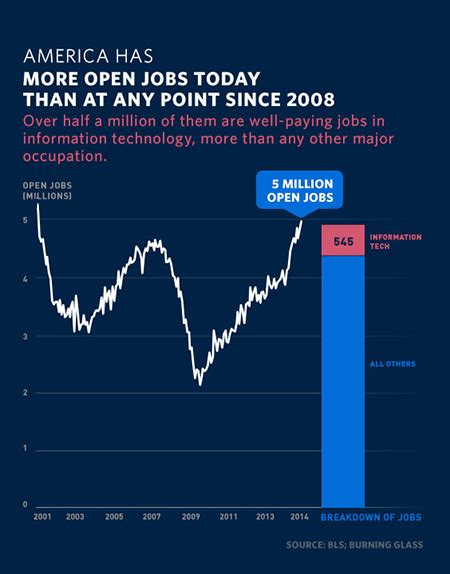 cants will be required to perform for nearly three years, for example, in the case of students in the first year of school who want to continue their studies in the United States, they will have to provide all the school scores in the upper secondary school and the lower secondary school.
cants will be required to perform for nearly three years, for example, in the case of students in the first year of school who want to continue their studies in the United States, they will have to provide all the school scores in the upper secondary school and the lower secondary school.
If you do not meet the above requirements, or if you do not, you can go to a university language course, and then start a formal undergraduate course through a school language test. The length of time you attend a language course depends on the language base of the student.
School achievement requirements: There are considerable differences in admission criteria and admission rates in American universities and colleges. Because of the e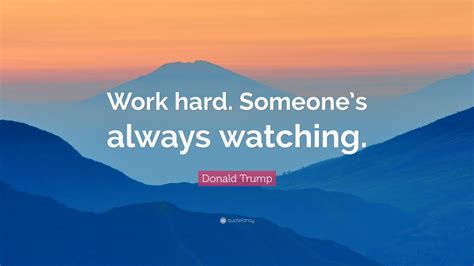 mphasis on knowledge in the American education system, it is also important that your studies in secondary schools include English, mathematics, natural sciences (physical, chemical and/or biology), humanities or social sciences (history, geography, economics, political science, or similar subjects), and a foreign language.
mphasis on knowledge in the American education system, it is also important that your studies in secondary schools include English, mathematics, natural sciences (physical, chemical and/or biology), humanities or social sciences (history, geography, economics, political science, or similar subjects), and a foreign language.
A letter of recommendation from a high school principal and another teacher or senior is a material that presents the student’s comprehensiveness and ability, although it has a certain personal character, which is very much taken into account by higher schools in the United States, especially in priority universities. It is worth mentioning that not all high-school graduates receive a letter of recommendation from the headmaster, and only those students who are both good and good will get access to this important college of excellence.
In addition, the content of the recommendation letter written by the principal is generally very cautious and objective, and if the recommendation letter is too exaggerated, the subsequent recommendation letter of the principal will never work. This fully reflects the fairness and objectivity of admissions to higher education in the United States.
Master's and doctoral language requirements: ToEFL 550-600 points or more, or IETS 6.0 points or more. GRE 1750-2100 points or more, or GMAT 500-700 points or more. Preparation of materials: 1. School application form 2. ToEFL copy of report card and sender note 3. Make available, if possible, a copy of GMAT report card and sender note 4. Make available, if possible, a copy of GRE report card and sender note 5.
A copy of an identity card or a copy of a passport is usually required to submit an application form, application fee, report card, real estate certificate, performance in English, personal application, recommendation letter, etc.. However, the material submitted will vary according to the particular circumstances of the school and the applicant.
3. Preparations for the U.S. to study abroad: 1. Back up the relevant important documents and, during departure, prepare important entry documents. For example, passports, airline tickets, and their own notifications and I-20 forms. Note that, if you have a report card, you must bring the original. If you can use a copy of your own bill of payment, whether for tuition or accommodation, you must bring copies of the drafts and receipts.
In addition, these important documents, including passports, are prepared before they leave, so that they are not lost or there are special circumstances that require information to be checked. These are also notes and memos, which are recorded in the memos. Some students may think that everyone has a cell phone and there is no need to write it down, but if they lose it, they will be in trouble when they need a phone number.
Prepare 2: Since we are going to another country, it is important to open up our mobile phone cards before leaving the country, so that we can contact our families immediately upon arrival in the United States. After learning about the new environment, we can buy a local phone card. Of course, in order to save money, students need to contact their families and friends in the country every 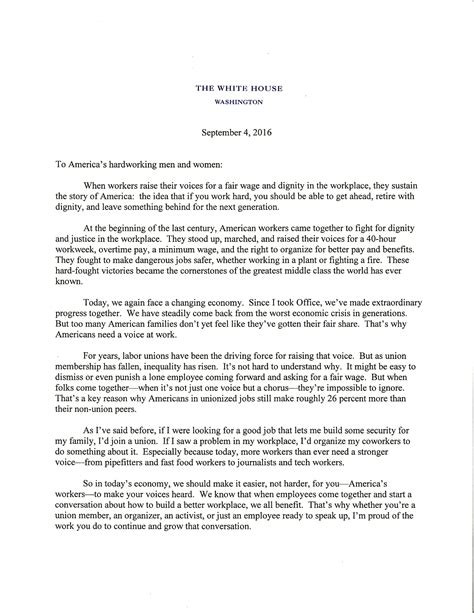 day.
day.
Preparation 3: The preparation of clothing in the United States usually starts in the winter, except in areas such as the West Bank, where it snows, and where it usually snows. So when you go in, you prepare some cool clothes, with snow boots and thick socks, so that you don't have to wear them before you can get them here. Of course, those reading in the southwest do not have to wear them, and there is usually heat in the rooms in the winter, and too thick clothes are not necessarily enough to use them.
Ready 4: There is an overall sense of security in the environment here in the United States, but that's not absolutely safe. It's the safety and self-protection of the students at all times. That's the most important thing to remember. 1. The United States Administration and Immigration Service (USCIS), the official department of the United States, expressly permits students with F1 visas to work in the school and do not require additional permission.
But you are also subject to working time limits of up to 20 hours a week, but on vacation, you can do 40 hours of full-time work, and you can choose places like canteens, libraries, and dormitories. Of course, your job content is not relevant to your profession, the assistant tutor is not available here; and you are unable to apply for a job in the first school year, and you can work for up to one year in school.
Out-of-school internships with specialized courses, usually school-led content, with some job requirements, are required to work as far as permitted, which is a mandatory process for completion of studies. If you want to work outside the school, you must obtain an official permit to get a formal part-time job.
On the other hand, compliance with the requirements, time and job restrictions, and the formal way in which people are looking for jobs, so that they can be better able to claim their rights, and so that things can be done well. The two categories of US scholarships and the experience with applications are literally some of the financial support that US universities provide to students who cannot afford to pay for four years’ tuition and living expenses. But this does not require proof of household income from every street as much as it does in China.
It was pointed out that, for international students, there are two types of US university grants that can be applied for: Ned-Blind Mission: this is a scholarship regardless of need, meaning that at the time of admission, whether or not the student applied for the grant, the school will be admitted as long as the conditions meet the requirements of the school. Schools like Harvard University and Yale University offer such admissions.
Need-Based Financial Aid Package: This is the financial assistance that the school will provide to students on the basis of their family situation at the time of their application. In addition, the school will give them the opportunity to work within the school to supplement their living expenses by working time.
In the United States, the grant program is designed to ensure equal access to education for every applicant who meets the requirements. If you are in good position and there are sufficient conditions in your home, you are first recommended for a scholarship, and many of the schools offer generous scholarships, or even full scholarships, by assessing students’ performance and comprehensive conditions.
Applications for bursaries allow you to share a number of experiences: 1. The chances of success in applying for scholarships at universities of arts and sciences are far higher than those at universities of general education, except for the best-known schools in Ned-Blind. Applicants can therefore pay more attention to generous colleges of sciences and sciences. 2. With regard to the amount of grants applied, it is suggested that you can keep them within $30,000, which would make it easier to access the Offer and the Scholarships.
Here's the presentation on how to apply in the United States of America for working economy. Thank you for reading this paper. More information on how to apply in the United States of America for working economy is available at this site.
-
Previous
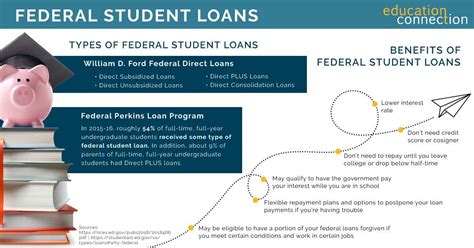
Do American students have a loan service?
Today I'm going to talk about how American college students have access to loan services, and the text will start right away. Financial Aid Because this program is a fully financed loan credi
-
Next
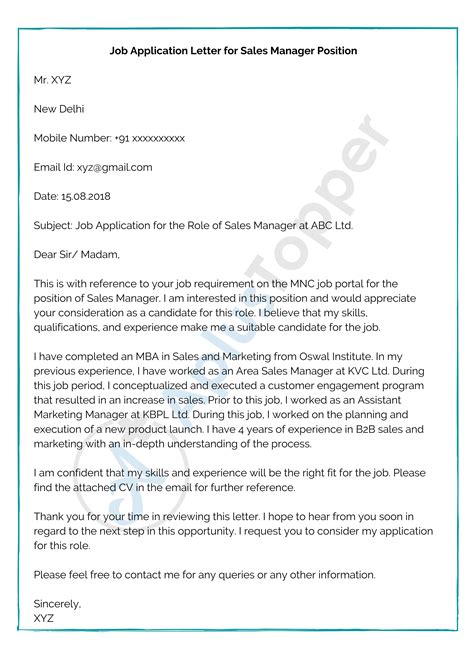
How can you apply to stay in the United States after college?
Now, let me tell you how you can apply to stay in the United States after you graduate from the University of the United States. It's a pleasure to talk to you now. Will you be able to continue
Related articles
- Comparison between Stanford University and Harvard University
- Hydrocarbon derivatives what are hydrocarbon derivatives
- How much does it cost to study in Tajikistan for a year our reply hopes to be helpful to you
- The best university in the Department of business administration in the United States? Business Administration in Chicago is good
- employment rate in South Korea
- What universities are there in Kyrgyzstan studying in Kyrgyzstan
- What universities are there in the Netherlands founded in 1614
- Crime went back to China while studying abroad in the United States.
- What universities are there in Israel founded in 1956
- How about Tsinghua University? top 10000 disciplines in China